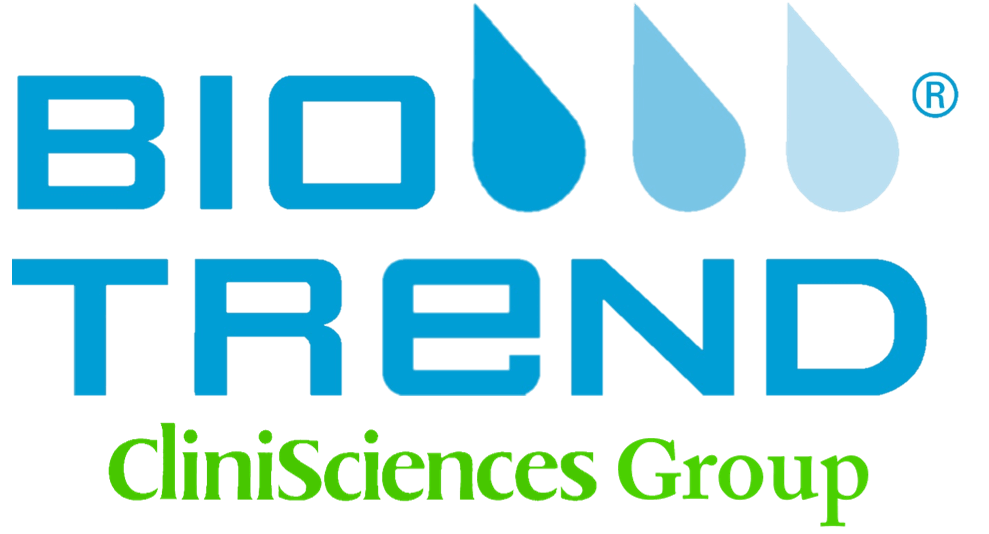Cell lines are homogeneous populations of cells that have been cultured in the laboratory for their ability to divide indefinitely. These cells are genetically identical and share the same structural and functional characteristics, making them invaluable tools in cell and molecular biology research.
Classification of Cell Lines
Cell lines can be categorized into several types based on their origin, longevity, and genetic modifications:
-
Cancer Cell Lines: These are often derived from cancerous tissues and are used extensively in research due to their unlimited division potential and ease of culture. They are commonly used in cancer research and drug development.
-
Immortal Cell Lines: These have been genetically modified to bypass normal cellular senescence, allowing them to proliferate indefinitely. They are widely used in drug testing, vaccine development, and biopharmaceutical manufacturing.
-
Primary Cell Lines: Although not truly immortal, primary cell lines are derived directly from tissues and have a limited lifespan. They are used for short-term studies where maintaining natural cell behavior is crucial.
-
Stable Cell Lines: These are genetically modified to express specific genes or resist particular treatments. They are essential for recombinant protein production, drug discovery, and gene therapy due to their consistent gene expression.
Applications of Cell Lines
Cell lines are pivotal in various research applications:
-
Drug Discovery and Development: They provide a reliable platform for testing drug efficacy and safety.
-
Vaccine Production: Certain cell lines, like VERO cells, are used for vaccine development due to their ability to support viral growth.
-
Cancer Research: Cell lines derived from cancer tissues help in understanding cancer biology and developing targeted therapies.
-
Biopharmaceutical Manufacturing: Stable cell lines are used to produce therapeutic proteins and biologics.
Advantages of Cell Lines
-
Consistency and Reproducibility: Cell lines offer a homogeneous model system, ensuring consistent results over time.
-
Scalability: They can be expanded easily for large-scale studies and industrial applications.
-
Cost-Effectiveness: Compared to primary cells, cell lines are more affordable and reduce the need for animal models in some research.




